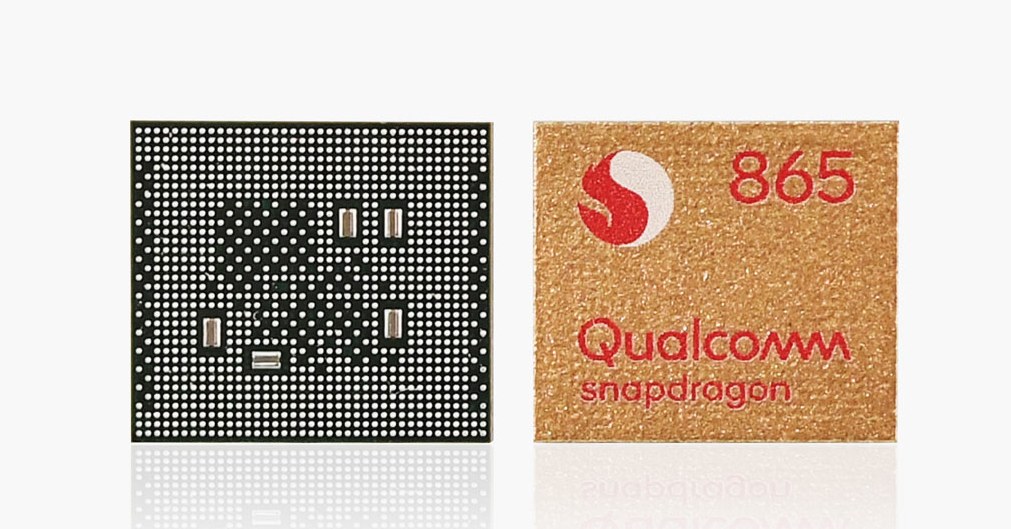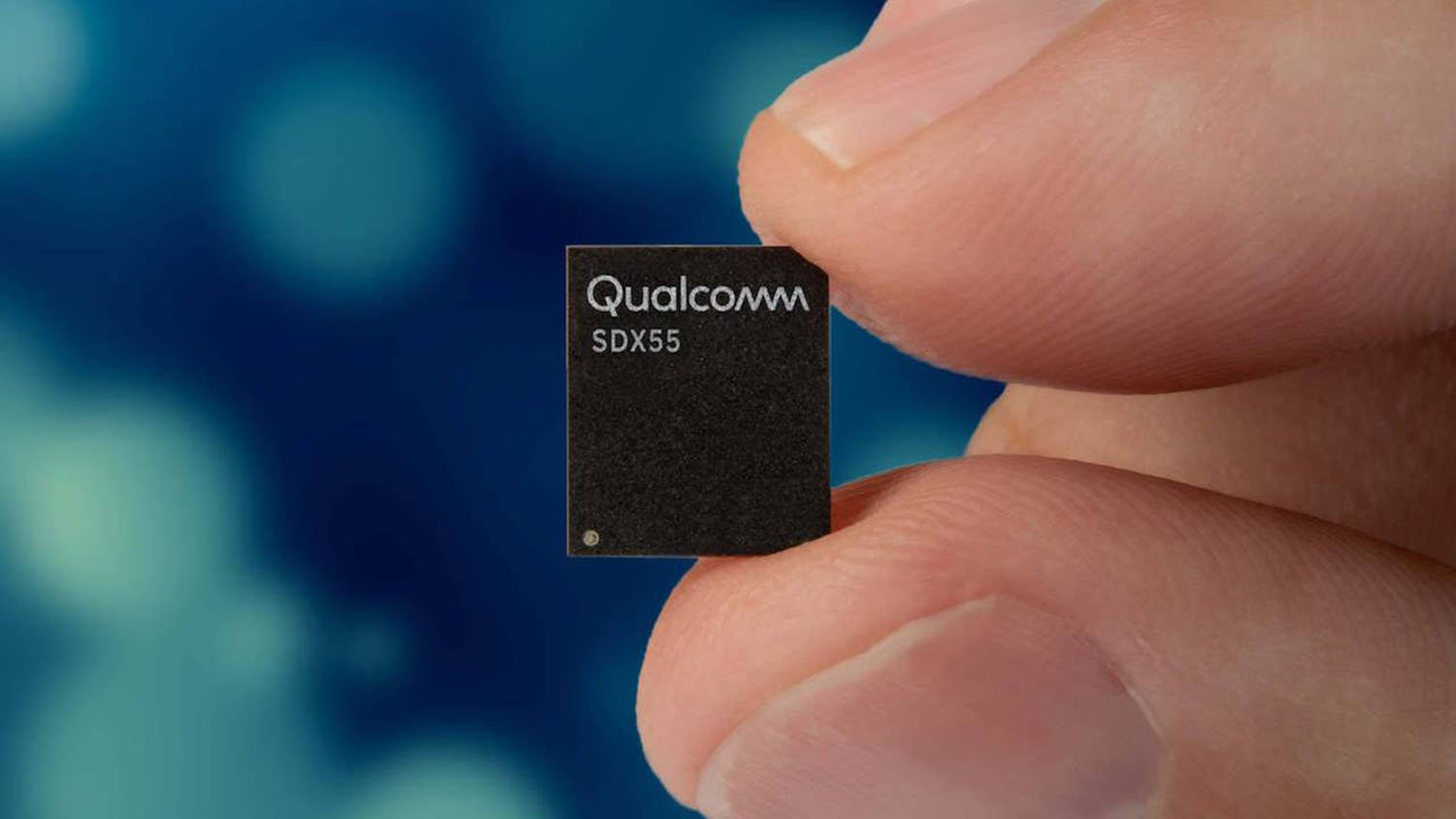Qualcomm has recently officially unveiled its flagship chipset, the Snapdragon 865 SoC, alongside its mid-range Snapdragon 765G/ 765 processor which are manufactured using TSMC 7nm and Samsung’s 8nm processes. But questions arise as to why Qualcomm used two different processes and why the SD865 chip didn’t feature an integrated 5G modem, unlike the SD765G. And with the availability of EUV methods, why did the chipmaking company not utilize the new technology?

Keith Kressin, Senior Vice President of Product Management at Qualcomm, answered these questions in an interview. He stated that for each distinct chip many factors are taken into account. It includes technical parameters and commercial considerations such as power consumption, package size, wafer availability, speed of production and supply chain diversity.

From a technical standpoint, the performance between the processes produces similar power consumption and performance results; and with the shipments planned for the Snapdragon 865 and 765 being very large, commercial considerations were taken to ensure adequacy and diversity of supply. In other words, both Samsung and TSMC processes were used due to commercial constraints but, rest assured, deliver similar performance.
Editor’s Pick: Redmi K30 Pro powered by SD865 SoC to reportedly launch in March 2020
Kressin also went on to address why Snapdragon 865 doesn’t utilize the second-generation 7nm EUV (Extreme Ultraviolet Lithography) technology. He stated that even if the new processing method is more efficient with production times, it does not have any real material impact on the end-user experience. For consumers, the most important aspect will always be power consumption and performance which will still be delivered regardless of production time. Furthermore, there is still some time before Qualcomm shifts to the new method to save time on production and processing.

Lastly, unlike the Snapdragon 765, the flagship SD865 is bundled with the X55 5G Modem while the former has an integrated X52 5G Modem. Although an integrated modem saves on battery life and space, the X55 modem on the SD865 improves on space consumption and power limitations without sacrificing power. In simpler terms, Qualcomm did not integrate a 5G modem in the SoC so it could provide the newer and faster X55 platform (which also does not suffer from issues related to non-integrated modems.)
UP NEXT: Redmibook live images reveal thin and lightweight design
(Source)






